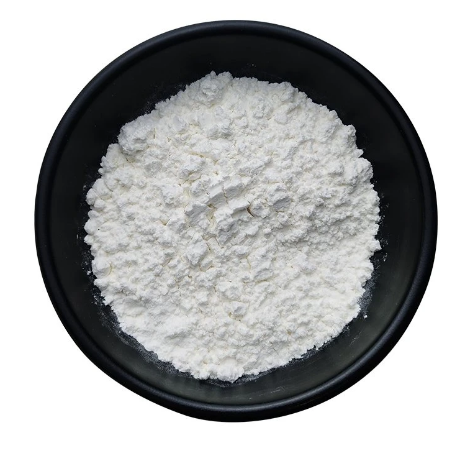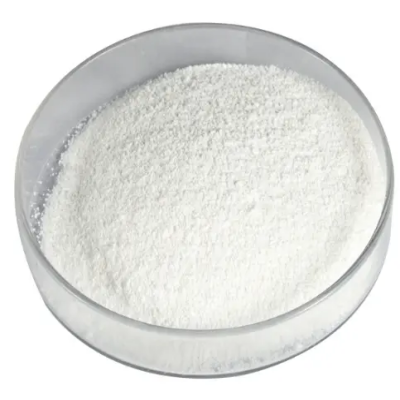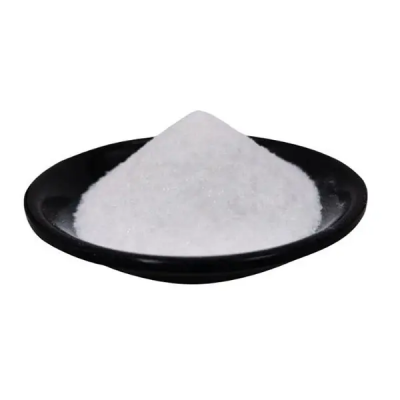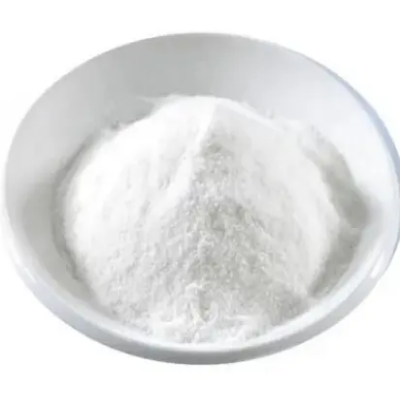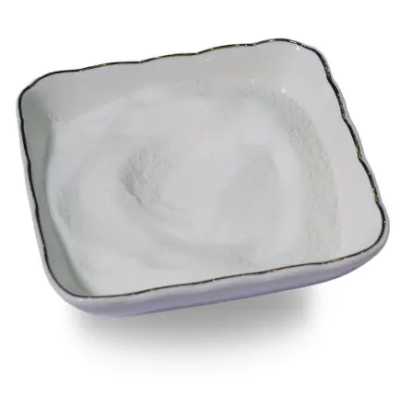N,N,N’,N’-Tetramethyl-p-phenylenediamine dihydrochloride CAS:637-01-4
Oxygen Scavenging: TMPD is commonly used as an oxygen scavenger in the food and beverage industry. It can react with oxygen, preventing oxidation and extending the shelf life of packaged products. TMPD helps preserve the color, flavor, and quality of various food and beverage products.
Antioxidant: TMPD possesses antioxidant properties, which make it useful in the formulation of cosmetics and personal care products. It helps protect against oxidative damage caused by environmental factors and reduces the signs of aging on the skin.
Color Development: TMPD is utilized in certain analytical methods, such as spectrophotometric assays. It can undergo redox reactions, resulting in the development of a color change that can be measured to determine the concentration or activity of specific substances, including enzymes or substrates.
Electrochemical Applications: TMPD is commonly employed as an electron donor in electrochemical systems, including dye-sensitized solar cells and electrochemical sensors. It facilitates the flow of electrons, aiding in the conversion of chemical energy to electrical energy.
Polymerization: TMPD is utilized as a polymerization initiator in the production of conductive polymers and certain resins. It can promote the formation of cross-linked structures, enhancing the electrical conductivity and mechanical properties of the resulting materials.
Redox Indicator: TMPD can serve as a redox indicator in various chemical reactions, helping scientists monitor the progress and endpoint of oxidation-reduction reactions.
Anti-Hair Loss Treatment: TMPD is included in some hair care products targeting hair loss. It is believed to help stimulate hair growth and prevent hair loss by improving the blood circulation in the scalp.

| Composition | C10H17ClN2 |
| Assay | 99% |
| Appearance | White powder |
| CAS No. | 637-01-4 |
| Packing | Small and bulk |
| Shelf Life | 2 years |
| Storage | Store in cool and dry area |
| Certification | ISO. |


